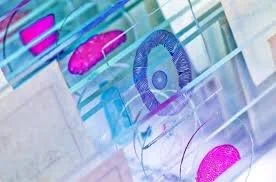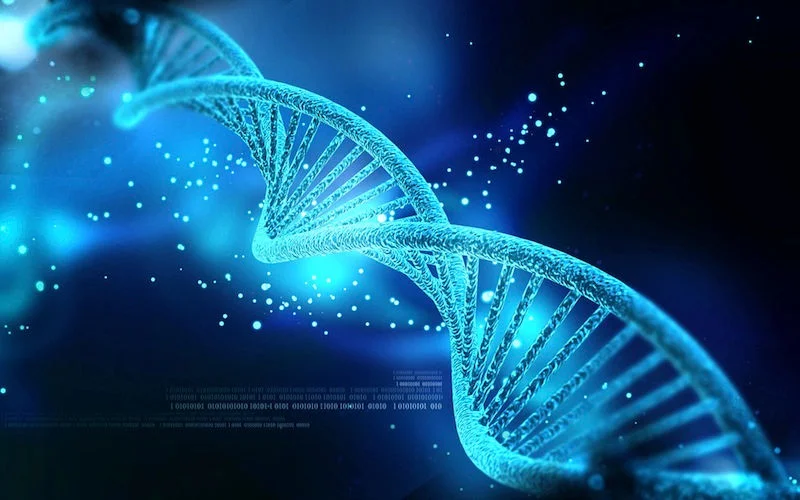The collection of biospecimens continue even during the midst of the Coronavirus pandemic. Even though there is a global concern about COVID-19, laboratories, experimentation, and sample collection must continue. Some biorepositories and laboratories will turn to focus on the collection and examination of Covid-related biospecimens, others will continue to forge ahead trying to make a difference in their fields of influence. Research must continue as patients are not exempt from serious diseases and conditions due to the pandemic. Repositories must continue collecting tissue and cell samples and making them available for research purposes. But how does the Covid pandemic affect biospecimen collecting, storage, and distribution?
Handling Biospecimens
In general, guidelines for the safe handling of biospecimens are in place and do not require further recommendations. Precautions are in place for the purpose of infection control when handling all types of biospecimens. The CDC has offered some safe-handling guidelines for laboratories and related facilities. These guidelines include:
· Laboratories should perform a site-specific and activity-specific risk assessment and continue to follow standard precautions when handling any biospecimen.
· Environmental Protection Agency-approved disinfectants should be used to control viral pathogens.
· Biospecimens which are suspected to be positive or confirmed SARS-CoV-2 positive specimens, isolates, or cultures, should be packaged and shipped as a Category B UN 3373 Biological Substance.
General Biospecimen Handling
Biospecimen quality has a direct and significant impact on diagnostic testing, clinical and preclinical research. Specimens of poor quality can lead to inaccurate test results and experimental errors. Because we understand the importance of high-quality specimens, our biorepository handles all specimens with care and precision, so our clients receive the highest quality of specimens. We observe the strictest guidelines including those set forth by the CDC and WHO to maintain sample quality across the board.
Labs must be adamant about ensuring COVID-19 lab safety and following standard biological safety procedures whether handling COVID-19 and other biospecimens. Staff should have PPE (personal protective equipment) available for staff including disposable gloves, eye protection, and lab coats or gowns. Biobanks should have a dedicated area for staff to put on or remove PPE.
The World Health Organization and the Centers for Disease Control and Prevention have both stressed the importance of using standard precautions. These precautions include decontaminating workspaces, treating waste to ensure viral particles are inactive, and eliminating unguarded aerosol production. As the pandemic continues to unfold guidelines will continue to be updated.
WHO and CDC Biosafety Guidance During the Covid-19 Pandemic
The CDC and WHO have issued interim biosafety guidance. Here are some of the current recommendations for the handling of biospecimens if they have known or are suspected to have contacted COVID-19.
· Continue strict observance of relevant protocols including having all risk assessments and procedures conducted by capable personnel.
· All lab techs should continue to wear appropriate PPE.
· Processing should be conducted in a validated biosafety cabinet or a primary containment device.
· The level of biosafety will depend on the nature of the work. BSL-2 for non-propagative work, and BSL-3 for propagative work.
· All procedures in the bio lab should be done in such a way as to minimize the generation of aerosols.
· Proper handling of biolaboratory waste.
· Biospecimens should be placed in a secondary container if they are being transported.
· Proper shipping of biospecimens based on their substance category.
All biospecimens should be handled as if they are infectious eliminates switching between protocols. Handling them as though they are infections also minimizes their exposure potential and the types of implications such exposure could have on the community and lab personnel.
There are exceptions when handling nucleic acid extracts, formalin-fixed, and paraffin-embedded (FFPE) tissue. When these processed biospecimens are handled using standard precautions and wearing appropriate PPE, no special considerations are necessary. Based on earlier studies of coronaviruses, the routine histologic fixation and processes should render SARS-CoV-2 inactive.
You can be assured that the products received from our repository are handled according to the ethical standards set forth by the World Health Organization. 100% of collected tissue samples are subjected to our strict quality control and all biospecimens are collected in accordance with our strict Standard Operating Procedure.
Resources:
https://academic.oup.com/ajcp/article/155/1/55/5911469
https://www.ncbi.nlm.nih.gov/pmc/articles/PMC7543273/
https://www.biobanking.com/safety-for-biobanks-strategies-for-safe-covid-19-specimens-handling/
https://research.ucsf.edu/covid-19-biospecimen-guidelines
Interim Guidelines for Biosafety and COVID-19 | CDC














